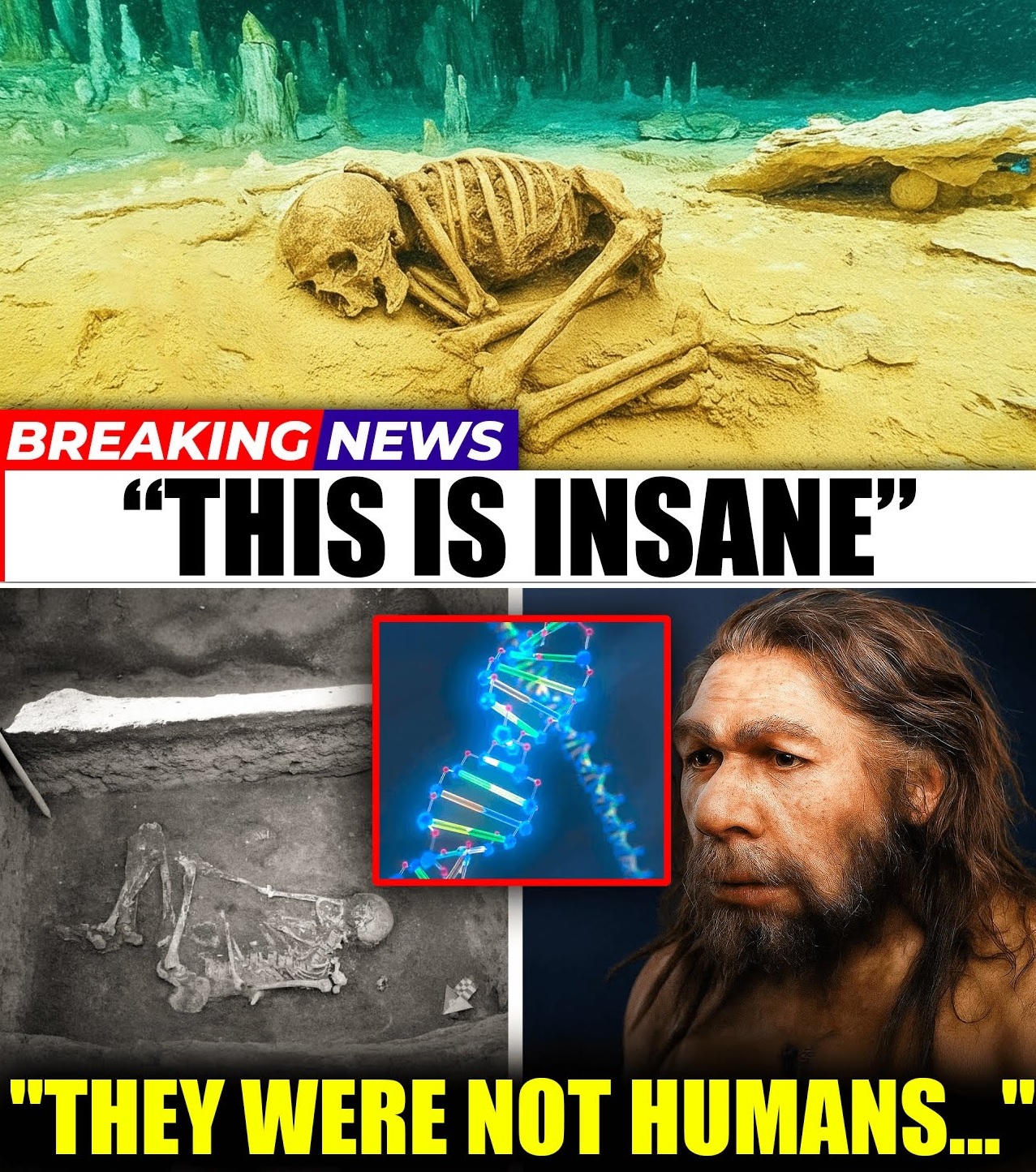A Discovery That Could Change History
Deep in a remote cave in Mexico, hidden away for tens of thousands of years, scientists have uncovered something that may rewrite the history of human migration in the Americas. Traces of ancient DNA, dating back 30,000 years, suggest the presence of a population far earlier than previously believed — nearly twice as old as current history books claim.
This groundbreaking discovery challenges the conventional timeline of the first settlers of the Americas. Until now, researchers believed humans arrived around 15,000 years ago, following the Bering land bridge from Siberia. But this DNA, extracted from skeletal fragments and sediment, tells a different story: pioneers arrived earlier and disappeared mysteriously, leaving little trace behind.
The Cave, the Cartels, and the Risky Quest for Knowledge
The cave itself is located in a region heavily influenced by local cartel activity, making the excavation dangerous and requiring extraordinary precautions. Scientists risked life and limb to access the site, understanding that the potential historical significance outweighed the dangers.
Inside the cave, researchers discovered fragments of bones, teeth, and artifacts, each analyzed meticulously in laboratories to extract the genetic material. The DNA analysis revealed a lineage unlike any modern population in the Americas — a forgotten branch of humanity, whose story had been buried in both time and obscurity.
Shocking Implications for Human Migration
The DNA evidence suggests that these ancient pioneers may have been isolated for millennia, developing independently before vanishing without leaving a genetic imprint on later populations. Scientists are now questioning:
-
Were these the first humans to set foot in the Americas?
-
Did they interact with later waves of settlers, or disappear entirely due to environmental pressures?
-
Could there be more evidence hidden in other caves or ancient sites?
These findings force historians and anthropologists to reconsider long-held theories about how, when, and why humans first populated the Americas. The revelation underscores the complexity and resilience of early human populations, and how much of history remains unknown.
The Science Behind the Discovery
Ancient DNA (aDNA) technology has revolutionized our understanding of the past. Unlike traditional archaeological evidence, aDNA allows scientists to trace genetic lineages, identify relationships, and even reconstruct aspects of appearance, health, and lifestyle.
In this Mexican cave, researchers used cutting-edge techniques to purify and sequence the degraded DNA, comparing it with modern and ancient genomes. The results were astonishing: a lineage that does not match any known indigenous or modern populations, indicating a forgotten branch of humanity whose genetic legacy was erased from later populations.
Why This Discovery Matters
The implications of this find extend far beyond Mexico or anthropology. It challenges fundamental narratives about human migration, adaptation, and survival. It also reminds us of the fragility of historical memory: entire populations can vanish, leaving almost no trace behind except for tiny fragments in a cave.
This discovery also raises ethical and scientific questions:
-
How do we handle genetic heritage of populations that no longer exist?
-
What lessons can modern societies learn from the survival and disappearance of ancient groups?
-
Could there be more “hidden chapters” of human history waiting to be uncovered?
The cave, once silent for tens of thousands of years, now speaks volumes about the complexity of human history and the mysteries still buried beneath our feet.
Conclusion: Rewriting the Origins of the Americas
The ancient DNA from this Mexican cave is more than just a scientific breakthrough; it is a window into a forgotten chapter of humanity. It reminds us that the history of the Americas is far more intricate than textbooks suggest, shaped by populations whose lives and stories have long been erased.
For historians, scientists, and curious minds alike, this discovery ignites the imagination: who were these early pioneers, and what happened to them? While many questions remain, one thing is certain: the story of the first Americans is far more complex, mysterious, and astonishing than anyone ever imagined.

